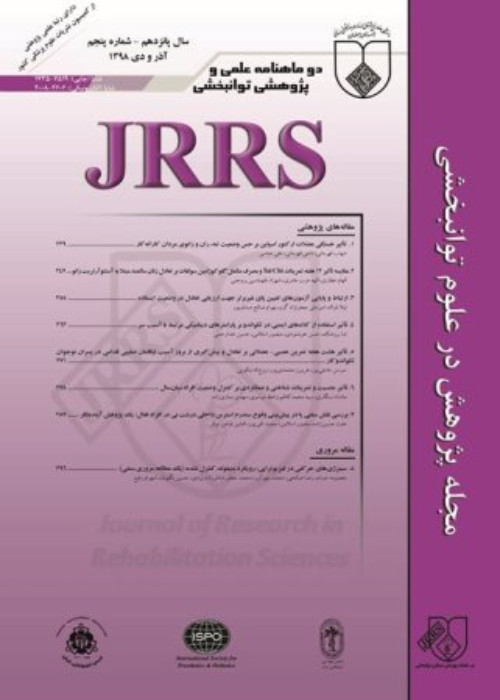Description of Relative Age of Elite Tennis Players
The development of sports talents is affected by various environmental factors, one of which is relative age. One of the consequences of relative age is early puberty, which gives athletes an advantage in terms of physical and cognitive abilities compared to their peers. Therefore, coaches may prefer athletes who have reached puberty early. This study describes the distribution of the relative age among elite clay tennis players in Iran.
A study was conducted on 430 tennis players between the ages of 10 and 19, consisting of 228 girls and 202 boys. These players participated in 1400 national ranking tournaments in clay tennis. The study analyzed the participants' relative age based on their birth month. The first quarter of the Gregorian calendar (January 1st to March 31st) was referred to as Q1, the second quarter (April 1st to June 30th) was Q2, the third quarter (July 1st to September 30th) was Q3, and the fourth quarter (October 1st to December 31st) was Q4. The first quarter of the Persian calendar (Pc) (Farvardin 1st to Khordad 31st) was referred to as Q1Pc, the second quarter (Tir 1st to Shahrivar 31st) was Q2Pc, the third quarter (Mehr 1st to Azar 31st) was Q3Pc, and the last three months (Dey 1st to Esfand 29th or 30th) were Q4Pc. The study conducted a frequency analysis based on the birth month and quarter of birth and observed the relationship between relative age and the athlete’ attendance in the national rankings tournaments of clay tennis was assessed using the chi-square fit test.
227 individuals (52.8 percent) were born in the first and second quarters of the year, while 203 people (47.2 percent) were born in the third and fourth quarters (P = 0.247). Moreover, 230 people (53.49%) were born in the first and second quarters, and 200 people (46.51%) in the third and fourth quarters of the Persian calendar (P = 0.148). The statistical analysis reveals no significant difference in the number of athletes born in the first to fourth trimesters of the Persian calendar (P = 0.35) and Gregorian calendar (P = 0.258).
It seems that relative age was not influential in selecting clay tennis elite athletes in Iran. However, based on the findings from available studies, it is suggested that researchers, coaches, and training experts consider the interaction among background factors, including the potential effects of relative age, to facilitate raising sports talents.
- حق عضویت دریافتی صرف حمایت از نشریات عضو و نگهداری، تکمیل و توسعه مگیران میشود.
- پرداخت حق اشتراک و دانلود مقالات اجازه بازنشر آن در سایر رسانههای چاپی و دیجیتال را به کاربر نمیدهد.



